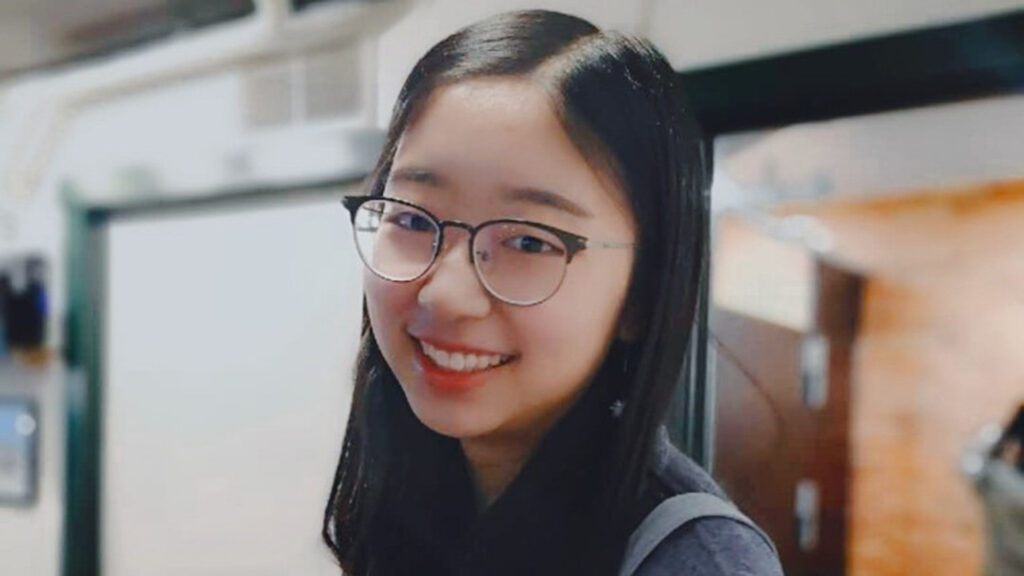Notice of Online Archive
This page is no longer being updated and remains online for informational and historical purposes only. The information is accurate as of the last page update.
For questions about page contents, contact the Communications Division.
Tina Huang ’22, mathematics
By Stella Katsipoutis-Varkanis
Tina Huang ’22 wasn’t sure what studies she wanted to pursue when she arrived at Lafayette in 2018. But after exploring various paths by taking courses in different departments, she found that the needle of her heart’s compass was pointing her in the direction of mathematics—the subject she enjoyed most in high school.

Tina Huang
Huang hopes to pursue a graduate degree in either applied mathematics or data science—which, she says, can open the door to a career in a variety of industries. To get some hands-on experience in one of the many ways that her education can be used to solve real-world problems, Huang approached Allison Lewis, assistant professor of mathematics, and asked to assist in her research on the efficacy of cancer treatment. Thus, today Huang is helping Lewis study the prediction of tumor response to radiotherapy based on pretreatment parameter estimates.
“We started this research because even though a variety of cancer treatments have been developed to inhibit tumor growth dynamics, it remains difficult to predict a given treatment’s efficacy,” Huang says. “If the framework we developed from this research can be tested on real-world data and produce meaningful results, it can help clinicians design a targeted treatment protocol for each individual using limited data collected prior to the start of the treatment regimen. As a result, clinicians can reduce the process of collecting tumor information during treatment, which can be invasive and expensive.”
Huang says the opportunity not only helps her exercise her skills in both statistics and programming, but also has solidified her interest in the field of data science.
“This experience enables me to apply the knowledge and skills I learned in my statistics and computer science courses to solve real-world problems,” she says, “and it allows me to see the uncertainties that exist when solving those problems.”
Read about other STEM Stars.
